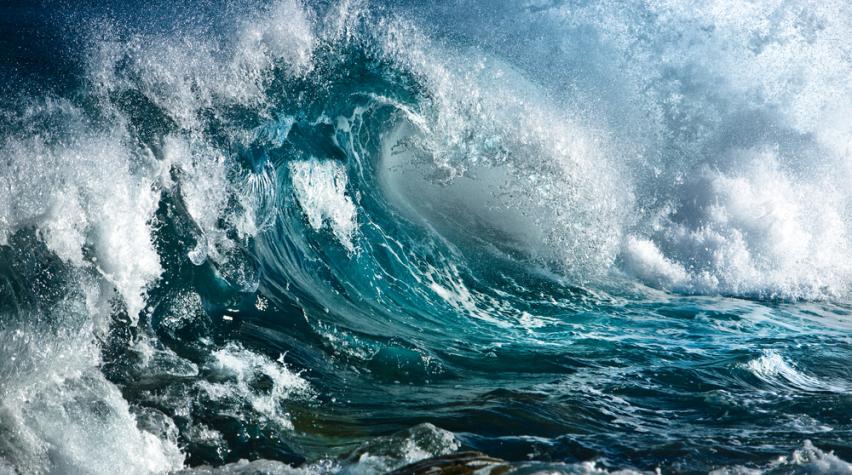With one demand
forecast after another the need for the element lithium seems to grow
exponentially. The primary end use of
lithium these days is batteries for electronic devices of all kinds from cars
to calculators. Analysts like to couch
their estimate in terms of lithium carbonate, one of the many lithium
compounds. It is the first chemical in
the lithium production chain that makes possible in subsequent steps the
production of other lithium compounds.
One of those, lithium hydroxide, is gaining interest for lithium-ion
batteries.
Among the most
recent forecasts is one from BloombergNEF, suggesting that by 2025, global
battery requirements for lithium chemicals could reach 700,000 metric tons of
lithium carbonate equivalent (LCE). Other uses for lithium chemicals, such as
glass making or metal alloy production, will add another 300,000 metric tons of
LCE demand by the same year.
Those big numbers have attracted numerous developers to the lithium sector, all hoping to capture a share of the fast growing market. A survey by Investing News Network in 2018, concluded that capital costs for the brine method of lithium production ranges from $150 million to $300 million. Extracting lithium from hard rock is even more costly with capital expenditures ranging from $250 million to $2 billion.

With large
numbers like it is a risky proposition to rely on a ‘jenga stack’ investment
thesis based primarily on expectations of large demand. For example, a transforming development
like a new production technology could up-end the prospects for conventional
mines under construction. Lithium from
seawater may be one such disruptive technology.
Seawater holds
many dissolved minerals, including lithium.
It is estimated the world’s ocean together contain over 180 billion tons
of lithium. As seawater is replenished
by rain and fresh water runoff, it seems lithium would be replenished as
well. Thus the oceans could
theoretically represent a never ending supply source for all the lithium humans
could need.
With this bounty
right at our shores, why have there been no seawater lithium projects? It is all in the chemistry of seawater. Despite the abundance of lithium in the world’s
oceans, lithium concentrations are very low
- about 0.17 parts per million. It has long been thought that any process to
recover lithium in seawater would not be cost effective.
A chemical engineer at Seoul National
University, Jang Wook Choi, been trying to perfect an approach that may change
the place of seawater in the lithium sector.
Choi and researchers at the Stanford University in the U.S. have been
working with lithium-ion battery electrodes to pull lithium directly from seawater. Battery electrodes are designed in layers to
trap and hold lithium ions from the battery’s electrolyte. An electrode immersed in seawater can grab
lithium when a negative electrical charge is applied to the seawater.
The problem is
that the same negative electrical charge also attracts sodium present in the
seawater. Choi and other researchers are
applying titanium dioxide coatings to the electrode to make them more
selective, still pulling in lithium but leaving the sodium behind.
The researchers
have also been working with controlled on-off voltage cycles. In the off cycle, sodium moves quickly back
into the seawater but the lithium is left behind. Repeating this on-off voltage cycle helps increase
lithium capture and reduce sodium capture.
Fortunately, for
the dozens of companies planning new lithium hard rock and brine operations, seawater
lithium is still not economic even with the improved extraction process. Still the advances make it clear the bounty
of the sea could be just a technology tweak away.
Neither the author of the Small Cap Strategist web
log, Crystal Equity Research nor its affiliates have a beneficial interest in
the companies mentioned herein.
No comments:
Post a Comment